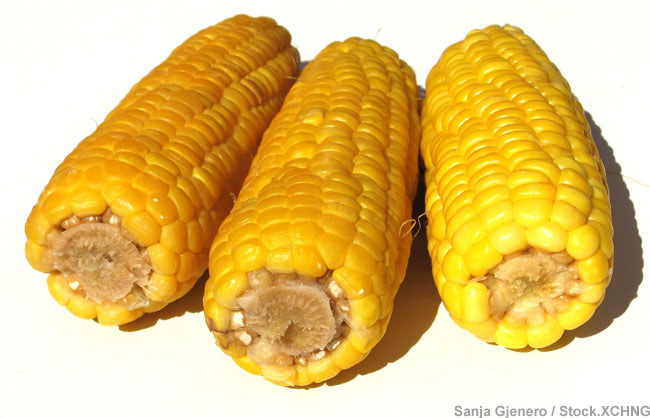Canada May Ban Terminator Seeds

Terminator seeds, which have already been outlawed by India and Brazil, now face similar treatment in Canada. Agriculture critic Alex Atamanenko introduced a private member's bill Thursday to ban field-testing and commercialization of terminator seeds, which allow the seed maker to control future generations of the plant.
These seeds make use of what is generally called "terminator technology," which is one form of Genetic Use Restriction Technology (GURT). The simplest form of GURT merely ensures that the second generation of seeds cannot be used for planting. An activating gene introduced into the plant triggers a toxin gene during germination. The second generation seed fails to germinate, forcing the farmer to buy new seeds for each season.
A sneakier version allows biotech companies to control whether or not particular traits express in the second generation of plants. The second generation of seeds will sprout - but you won't get those wonderful traits you wanted, like resistance to disease or large yield, unless you pay the biotech company for a special chemical to spray on the plants, activating those genes.
You don't need to be a science fiction fan to start thinking about ways that this could go wrong. For example, what if these plants begin to crossbreed with other varieties - and pass on their terminator technology? I don't want to be forced to make a deal with a biotech company to make sure I have plants. (There have been a variety of cases in which hybrid crops have been planted next to fields of normal plants, and then cross-bred - or replaced - the normal plants.)
"Terminator technology" applied to plants is bad enough, but what if (some years from now) you go to your doctor for a cure that involves a useful genetic modification - and are then told that this trait can be passed on to your children for a price?
This sounds to me like DRM (Digital Rights Management) for plants. DRM schemes for music, for instance, are intended to prevent owners from creating a "second generation" (that is, copies) of the original recording.
Science fiction writer Jack Vance wrote about an entire planetary culture obsessed with protection of its biological intellectual property rights in his 1954 story The Houses of Iszm. The Iszic used their knowledge of plants to create enormous house trees that grew large pods for living space. The Iszic developed intensive security and surveillance systems (like sentry trees) to make sure no one stole a female plant, which would break their monopoly.
Get the world’s most fascinating discoveries delivered straight to your inbox.
The sphincter expanded and Farr stepped dubiously into the chamber…the pod was thirty feet long, opening on a balcony with a waist-high balustrade. The walls and domed ceiling were tufted with trefoils of a silky green fibre; the floor was heavy with plum-coloured moss; quaint lamps grew out of the wall. There were four magenta pod-chairs against one wall...
(Read more about the house trees of Iszm) Take a look at more plant-related stories with a science-fictional twist:
A hybridized variety of wheat with twice the sugar of its ancestor.
Imagine my surprise when I ran across the TREETENTS of Dre Wapenaar.
Helps humans round up depleted uranium from contaminated soil.
Via CBC
(This Science Fiction in the News story used with permission from Technovelgy.com - where science meets fiction.)


